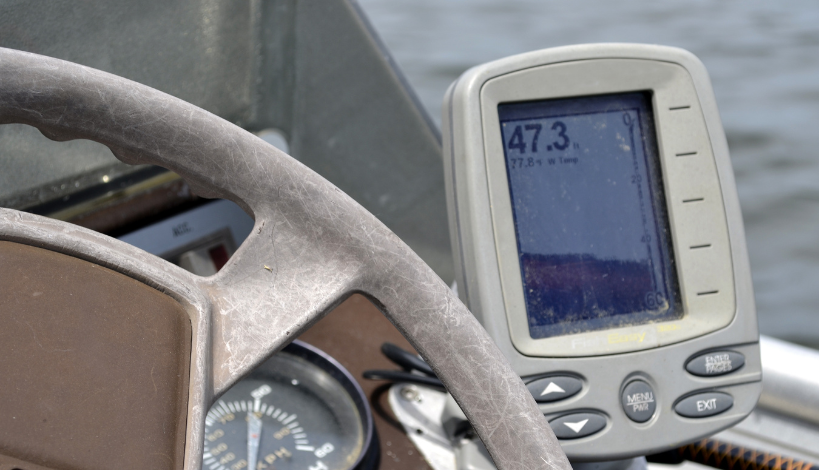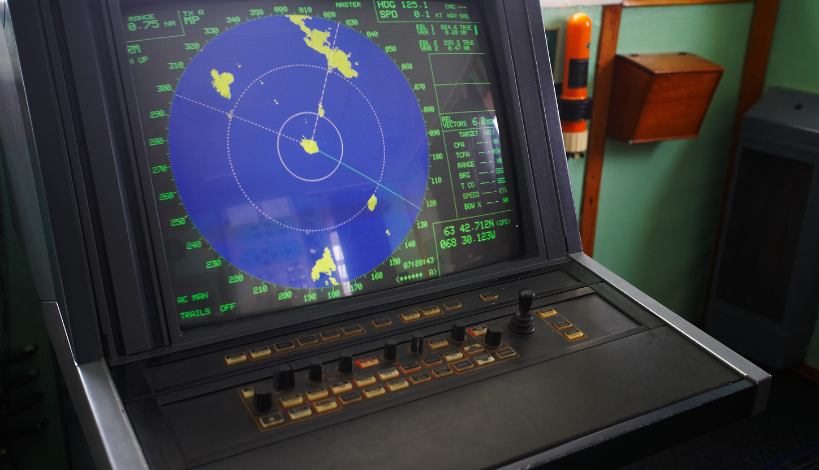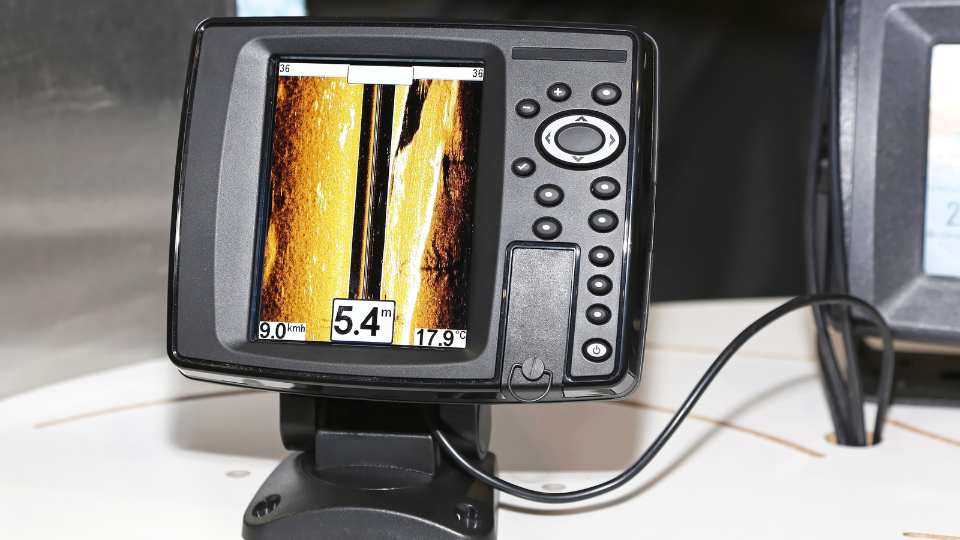Kayakers need the proper equipment for a successful and safe time on the water. Two common tools that many kayakers consider are a depth finder and a sonar. While these two items may seem similar, they are actually quite different.
In this blog post, I’ll be sharing my experience with both and helping you take a closer look at the differences between depth finders and sonars and explore which one is best suited for kayakers.
The Difference Between a Depth Finder and a Sonar
First, let’s define what is meant by a depth finder and a sonar.
A depth finder is a device that uses sound waves to determine the depth of water beneath the kayak. It usually displays the information on a screen, typically in feet or meters.

On the other hand, sonar is a device that not only measures the depth of water but also detects objects under the water, such as fish, rocks, and even the structure of the lake or river bed. It typically displays more detailed information on a screen, including pictures of what it detects.
Depth Finders Are Great For Safety
While both these devices are great tools to have, a depth finder is likely sufficient for most kayakers.
Understanding how deep the water is beneath you can help prevent grounding or capsizing in shallow waters, and can make it easier to choose the best fishing spots. Depth finders are also more affordable and typically easier to install than sonars.
Sonar is Better For Fishing

However, if you’re interested in fishing or exploring new waterways, a sonar might be the better option.
Sonars can provide more detailed information such as the location of fish that can be useful for anglers.
Additionally, sonars can help kayakers better understand the water they’re paddling in. This information can be especially helpful for navigating through rocky areas or avoiding unexpected underwater hazards.
Cost Comparison Between Both
One important factor to consider when deciding between a depth finder and sonar is how much you’re willing to spend. Sonars are typically more expensive than depth finders and can also require more complex installation.
You definitely make sure to consider your budget and experience when making your decision.
Is a Sonar Better in Deeper Waters?

Another consideration is your kayaking environment. If you often paddle in very shallow waters and calm conditions, a depth finder is likely sufficient.
However, if you often paddle in deeper waters or more challenging conditions, a sonar may provide additional benefits and safety measures.
Does a Depth Finder Use Sonar?
Yes, a depth finder uses sonar technology to measure the depth of water beneath the kayak but it’s not as good as a fish finder when it comes to detecting objects under the water.
What Frequency Beam Does a Depth Finder Use?
Depth finders use low-frequency sound waves to measure the depth of water beneath a kayak. The frequency range is typically between 30 and 200kHz, depending on the make and model of the device.
Is Down Imaging Better than Sonar?
Down Imaging is a type of sonar technology that uses high-frequency sound waves to create detailed images of what is under the water.
It’s generally considered more accurate than traditional sonar and can provide useful information about underwater contours, fish locations, and more.
Does Sonar Work in Shallow Water?

Yes, sonar can be used in shallow water but it is typically more accurate and reliable in deeper waters. This is because the sound waves are used to measure the depth of water and detect objects traveling farther in deeper waters.
Does a Depth Finder Work Well in Shallow Water?
Yes, a depth finder works well in shallow water since it is designed to measure the depth of water beneath the kayak. It may not be suitable for detecting objects under the surface or getting detailed information about underwater contours and fish locations, however.
What is the Difference Between Sonar and Down Imaging Fish Finder?
Down imaging is a type of sonar technology that uses high-frequency sound waves to create detailed images of what is under the water. It’s generally considered more accurate than traditional sonar and can provide useful information about underwater contours, fish locations, and more.
By comparison, traditional sonar only provides basic depth readings and can be less reliable in shallow waters.
Is a Transducer and a Sonar the Same?
No, a transducer is a device that converts electrical signals into sound waves.
Sonar is the technology used to measure the depth of water beneath a kayak and detect objects under the water.
Transducers are often used in conjunction with sonar to create and transmit sound waves.
Conclusion
In conclusion, kayakers have a couple of options when it comes to underwater navigation tools. Both a depth finder and sonar can be valuable additions to your gear collection, depending on your specific needs.
Personally, fish finders work well for me (I love to go fishing in my kayak) and I’ve become very comfortable with them. Depth finders were a little harder for me to setup and understand how to use but which one you choose should depend on what you’re looking for.
